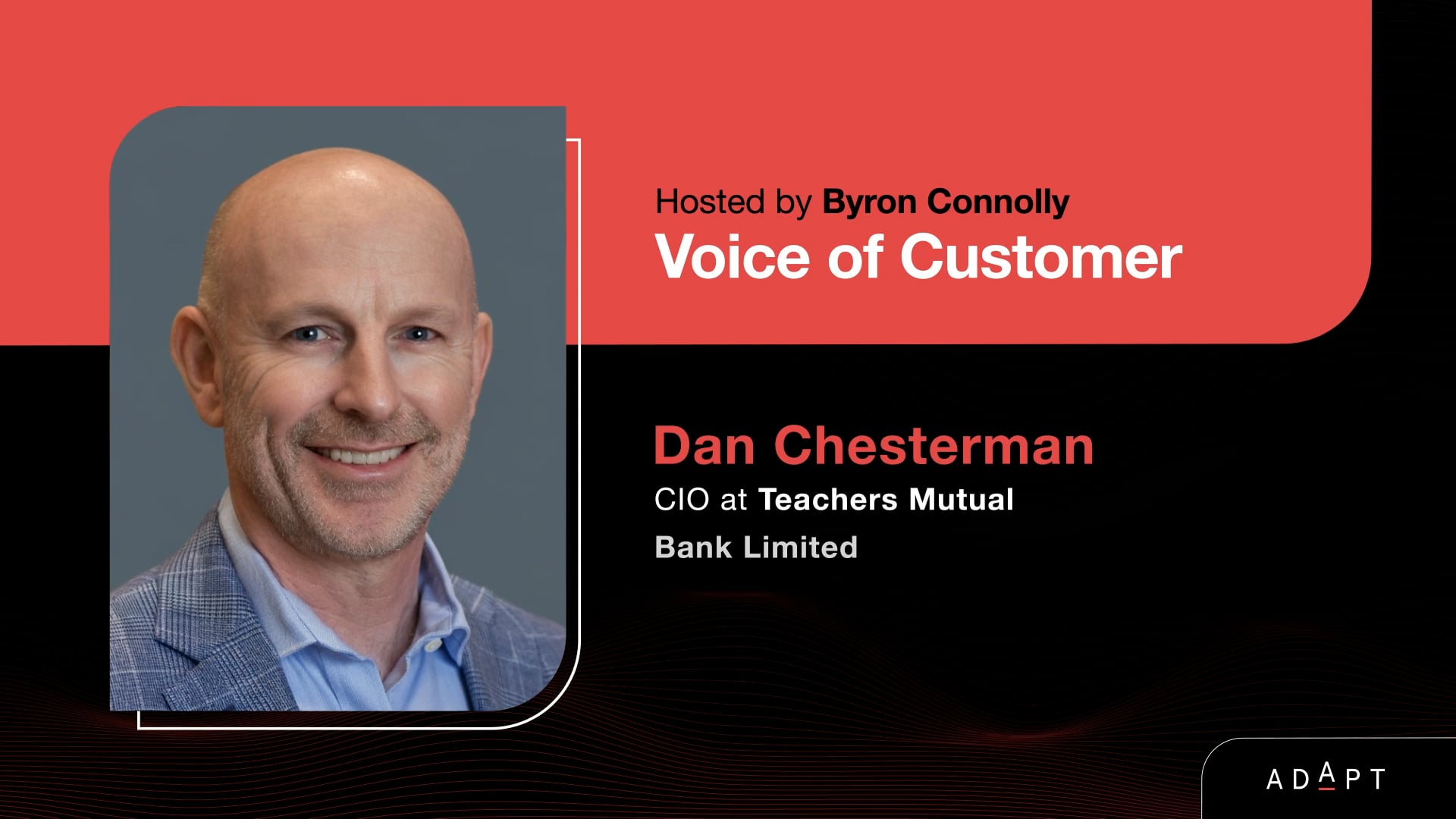Local Strategies for Accessible Australian Healthcare
Explore strategies to navigate Australia's healthcare challenges, focusing on digital transformation, resource allocation, and innovation for a more efficient ecosystem.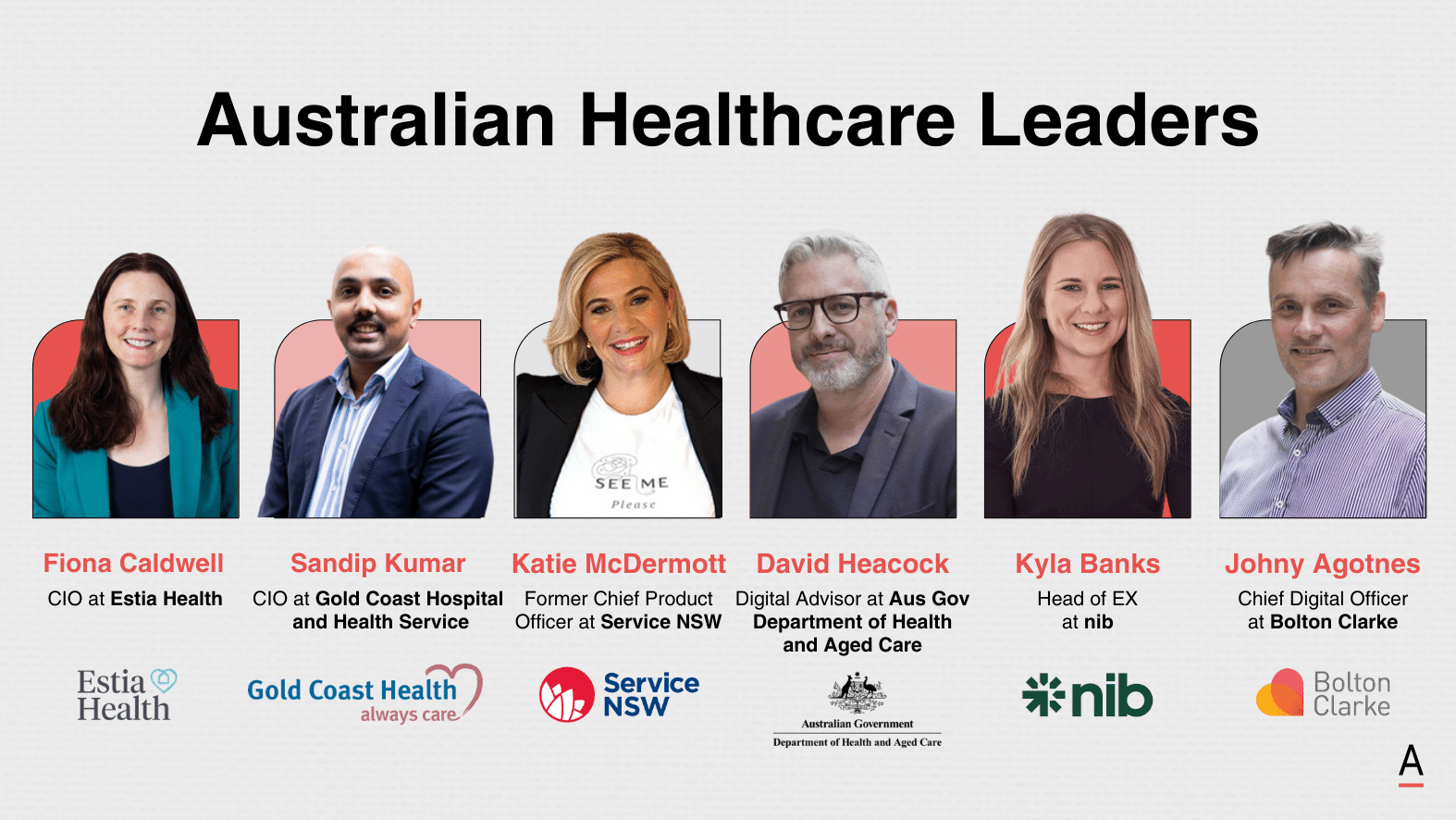
Learn critical strategies industry leaders employ to address healthcare challenges in Australia, focusing on digital transformation, resource allocation, and innovation.
Australia’s healthcare sector faces critical challenges, including an ageing population, the rise of chronic diseases, and the need for equitable access across its vast geography.
These issues are compounded by evolving healthcare policies, funding models, and the push for digital health integration, which promises improved patient care and efficiency but requires substantial investment and cultural shifts.
The COVID-19 pandemic has highlighted the urgency of building resilient healthcare systems capable of managing global crises and maintaining high-quality care.
As healthcare costs increase, the industry seeks ways to innovate while ensuring sustainable funding. This complex scenario has sparked strategies and solutions from industry leaders, pointing towards innovative solutions to navigate these challenges effectively.
This article explores actionable strategies and insights from healthcare leaders, aiming to present a blueprint for an innovative, efficient, and patient-focused healthcare ecosystem in Australia.
Leveraging digital transformation, strategic resource allocation, and a culture of innovation, the sector can achieve operational excellence and enhanced care delivery.
Strategic Resource Planning Enhances Efficiency in Aged Care Homes
In the context of managing 75 residential aged care homes, Fiona stands out for her innovative approach to strategic resource allocation.
The healthcare sector faces the challenge of limited resources and numerous competing priorities.
Her methodology, grounded in the use of prioritisation matrices, empowers healthcare organisations to meticulously assess projects based on their potential impact, alignment with overarching strategic objectives, and the immediacy of patient needs.

This rigorous and systematic strategy guarantees that investments in crucial areas such as technology, staff development, and patient care are strategic and sustainable.
Fiona’s framework addresses the critical demand for a well-balanced and impactful distribution of resources, setting a precedent for how healthcare entities can optimise their resource allocation processes for maximal effectiveness and efficiency.
Key Takeaway: Strategic resource allocation and stakeholder engagement are foundational to maximising impact and efficiency in healthcare.
Gold Coast Health and ServiceNSW Drive Healthcare Modernisation with Digital Expansion
Under Sandip Kumar’s stewardship, Gold Coast Health has exemplified how digital technologies can revolutionise healthcare delivery, focusing on stakeholder engagement and educational initiatives.
Sandip’s forward-thinking approach offers a practical blueprint for healthcare leaders aiming to gain support from clinical and executive teams for technology-centric projects.

This strategy stresses the importance of digital adoption in enhancing patient care and operational efficiencies within healthcare settings.
Simultaneously, Katie McDermott’s remarkable leadership in expanding the digital team at ServiceNSW from fewer than five engineers to an impressive 850 showcases the pivotal role that human resources play in digital transformation.
Katie’s strategic vision for assembling a robust team capable of swiftly deploying digital services, especially during critical times such as the COVID-19 pandemic, effectively illustrates how effectively scaling capabilities can address immediate and future needs.
ServiceNSW, under Katie’s guidance, has seen substantial achievements, including the distribution of $12 Million in grants, $149 million in rebates, and $1.7 billion in vouchers since its inception.

This expansion to 72 product teams managing 1500 different services for the New South Wales Government has leveraged digital channels, with 80% of transactions now being conducted online.
This digital transition demonstrates a monumental leap towards modernising public services and highlights the critical importance of digital readiness and agility in responding to routine and unprecedented challenges.
Key Takeaway: Digital leadership and team expansion are critical to pioneering healthcare delivery and service innovation.
Australian Public Healthcare Embraces Innovation Over Traditional Procedures for Enhanced Patient Care
David Heacock identifies the cultural shift needed to surmount innovation barriers, pointing out the necessity for the public healthcare sector to value outcomes over procedural compliance.
This requires fostering an environment where innovation is encouraged and considered integral to improving patient care.
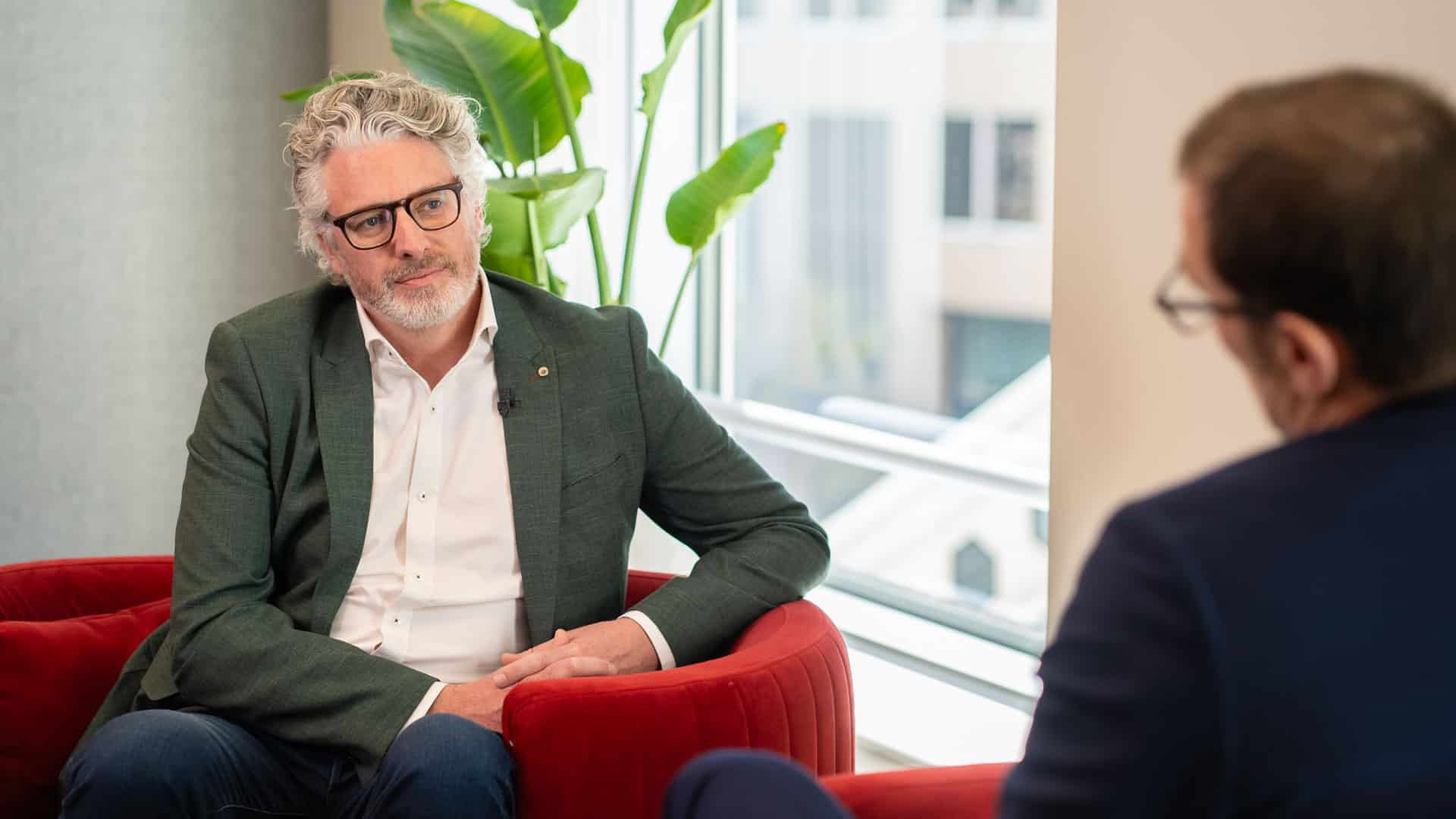
David’s emphasis on adopting global best practices, such as data interoperability standards akin to the U.S. 21st Century Cures Act, provides a specific course of action for healthcare leaders: leverage international successes to inform domestic policy and technology strategies, thus facilitating better patient data management and care coordination.
Key Takeaway: A culture shift towards innovation and outcome-focused care is essential for overcoming healthcare challenges.
Australian Public Healthcare Boosts Resilience with Cybersecurity and Tech Upgrades
From her time as CFO at Australian Unity, Jenny Saliba addresses the healthcare sector’s multifaceted challenges, spotlighting the perennial issues of macroeconomic pressures and persistent talent shortages, highlighted by the reality of managing approximately 15% vacancies at any given time.
Her strategic focus on cyber security and technological modernisation outlines a crucial pathway for healthcare organisations grappling with these modern dilemmas.
Jenny advocates for a rigorous approach towards evaluating technology investments, ensuring that every decision aligns with immediate organisational needs and contributes to long-term resilience and adaptability.

This methodology encourages healthcare leaders to meticulously scrutinise potential investments, prioritising those that promise to enhance operational efficiency, improve patient care, and deliver substantial value in an era marked by rapid technological change and economic volatility.
Jenny’s strategy points to the importance of driving top-line growth as a mechanism to offset the impacts of macroeconomic challenges and talent scarcity.
By investing in areas that yield direct benefits to the organisation and its clientele, healthcare institutions can forge a path through the complexities of the current landscape, ensuring sustainability and progress even amidst uncertainty.
This balanced and strategic approach offers a comprehensive blueprint for navigating the intricate dynamics of today’s healthcare sector.
It highlights the pivotal role of leadership in steering organisations toward a future defined by innovation, efficiency, and resilience.
Key Takeaway: Addressing macroeconomic and talent challenges through strategic planning and technology investment is crucial for healthcare resilience.
Aged-Care Transformation in Australia Focuses on Predictive Analytics and Digital Engagement
From his time as Uniting’s CIO, Renzo Mostacci’s advocacy for predictive analytics in aged care introduces a specific, actionable strategy for enhancing patient outcomes.

By implementing systems that predict health risks and personalise care, aged care facilities can proactively manage patient health, reducing emergency interventions and improving quality of life.
Johny Agotnes’s emphasis on technology to foster social connections for the elderly offers another clear course of action: by integrating digital communication tools into aged care settings, providers can improve residents’ emotional well-being and reduce feelings of isolation, directly impacting overall health outcomes.
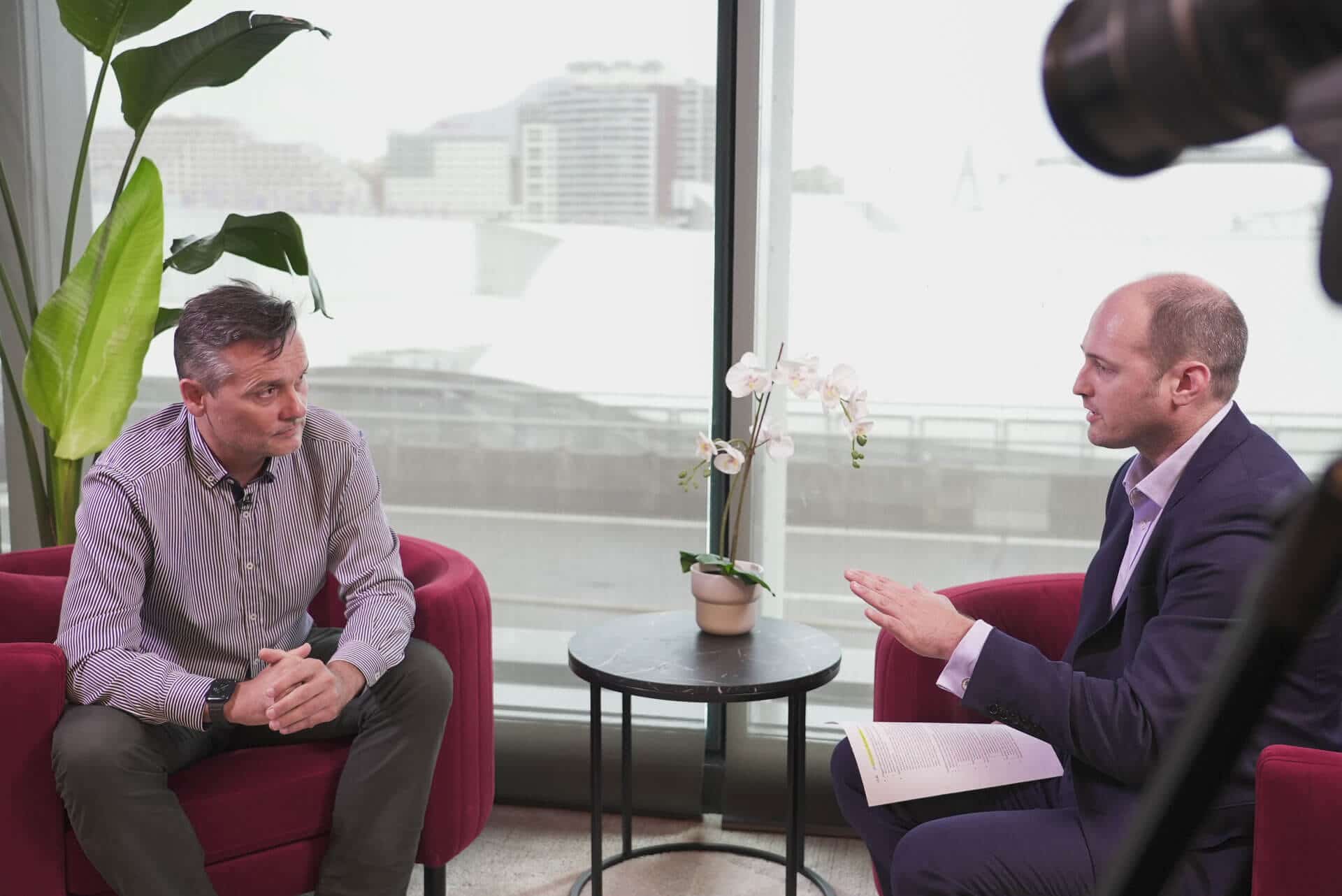
Key Takeaway: Predictive analytics and digital tools are revolutionising aged care by enhancing patient outcomes and social connections.
nib Health Funds Enhances Internal Collaboration with Enterprise Social Media
As Head of Employee Experience, Kyla Banks spearheaded a pioneering initiative at nib Health Funds, revolutionising internal collaboration and employee engagement through the strategic use of enterprise social media.
Addressing the challenge of organisational silos, Kyla developed a digital transformation roadmap to enhance communication across departments and regions, fostering a unified digital workplace.
Her approach, highlighted in discussions with ADAPT’s Peter Hind, involved centralising collaboration platforms to ensure broad adoption among staff.
With solid support from the CEO and Chief Technology Officer, the initiative sought to improve processes and create a community feel within nib Health Funds.
Opting for a “big bang” implementation over a phased rollout, Kyla ensured immediate, organisation-wide access to the platform, emphasising the need for workplace champions and executive engagement for a smooth transition.

Creative engagement strategies further stimulated participation, turning the platform into a dynamic space for interaction.
By promoting a work environment that encourages personal expression and connections, Kyla aimed to boost productivity and innovation.
Embracing a “test and learn” approach, she navigated challenges with adaptability, focusing on an employee-centric design.
This initiative optimised operational efficiency and boosted the employee experience, setting a new standard for digital workplace transformation in the healthcare sector.
Key Takeaway: Digital collaboration breaks down silos and fosters a culture of innovation and improved employee engagement.
Hearing Australia Drives Customer-Centric Innovation in Hearing Care
Conrad Chang, formerly leading Strategy and Growth at Hearing Australia, steered the organisation’s focus from an expert-led to a customer-led approach, highlighting technological advancements and customer insights to destigmatise hearing loss.
In his dialogue with Matthew Hanley for ADAPT’s Digital Edge, Conrad detailed the transition towards integrating technologies like Bluetooth and app functionalities into hearing aids, making them more user-friendly and less conspicuous.
This transformation is driven by a comprehensive understanding of the customer’s journey and the societal stigma attached to hearing loss. It aims to reduce the delay between recognising hearing loss and seeking help.
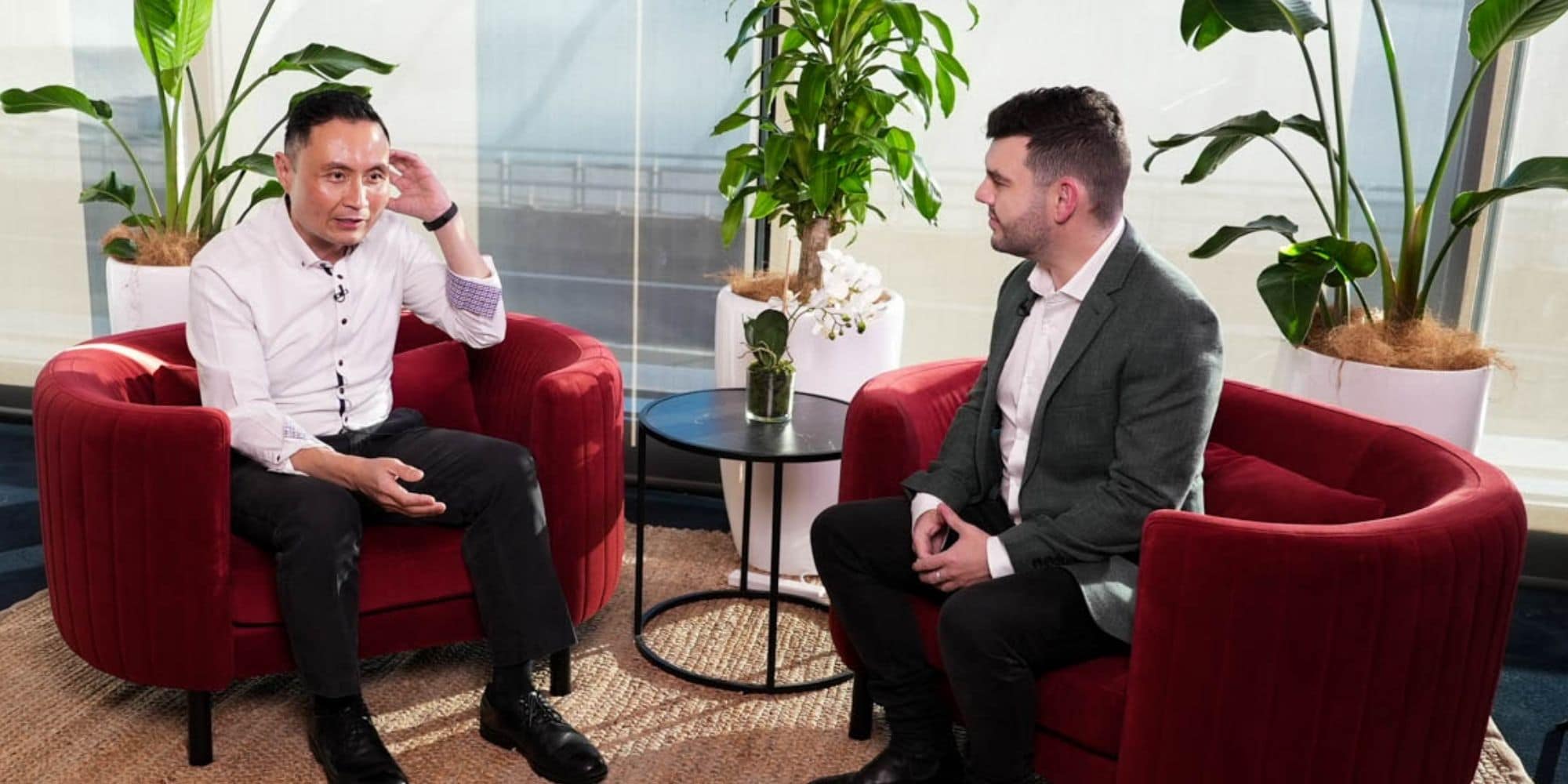
The pandemic expedited a move towards digital solutions for customer engagement and education, highlighting the need for data literacy and real-time, targeted solutions within Hearing Australia.
Conrad’s leadership aims to improve product adoption and foster a more inclusive culture, pushing the healthcare industry towards innovative, customer-centric solutions.
This approach positions Hearing Australia at the forefront of addressing hearing loss with technology and empathy, ensuring access and reducing stigma.
Key Takeaway: Customer-centric innovation and technology in hearing care highlight the need for responsiveness to patient needs and market demands.
Conclusion
As we distil the insights from industry leaders, a cohesive blueprint emerges for advancing the Australian healthcare sector. Key strategic insights include:
- Strategic Resource Allocation: Essential for balancing finite resources against competing priorities.
- Digital Transformation Leadership: Demonstrated through enhanced healthcare delivery and technological adoption.
- Culture of Innovation: Advocated for overcoming innovation barriers and improving patient care.
- We are navigating Economic and Technological Challenges Through cyber security, technological modernisation, and strategic planning.
- Predictive Analytics in Aged Care: For proactive patient health management and improved quality of life.
- Enhancing Digital Collaboration: Showcased as a method for breaking down organisational silos and improving operations.
- Customer-Centric Innovation: Emphasised for addressing needs and driving sector-wide improvements.
This set of strategies outlines a path that integrates technological innovation with strategic management to meet the challenges and leverage opportunities within the Australian healthcare sector.
























